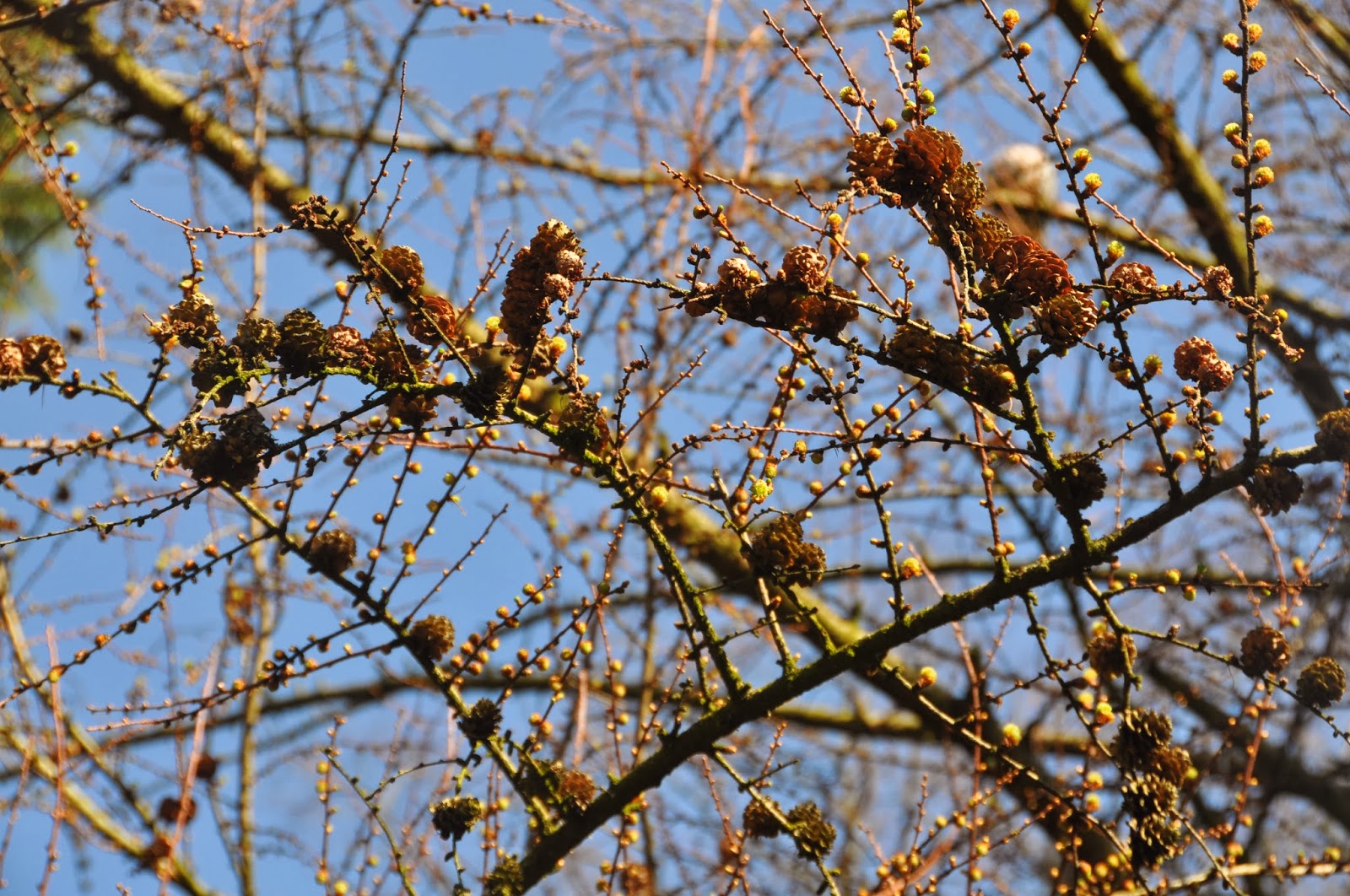A deciduous medium sized tree often with the appearance of a
shrub with a spreading and sometimes domed crown. The leaves have a green topside
but on the underside the leaves are covered in tiny white hairs. The leaves are
oval shaped about 12cm long with toothed margins. With an unusual grey coloured
bark which is fairly smooth to the touch.
White flowers grow in clusters opening in May and red berries are
bright red around September. The berries are enjoyed by a number of birds,
squirrels and hedgehogs so this is an important tree as it is used by a number
of species of animals.
Only occurs natively to the south of Brittan and found in
hedgerows and woodland edges. The plant is also often planted in cities, towns
and parks as it has a moderate tolerance to pollution. This makes the Whitebeam
good in areas such as urban parks or street trees.
This Whitebeam was found behind Owens Park student accommodation,
growing behind a wall in a dense area of planting with holly, ivy and hazel prominent.
It worked well as a screen I think it was intended to be used as a barrier
around a small university building. Whitebeam is an attractive tree with its
white leaves and silvery bark and I would like to see more regularly.


































